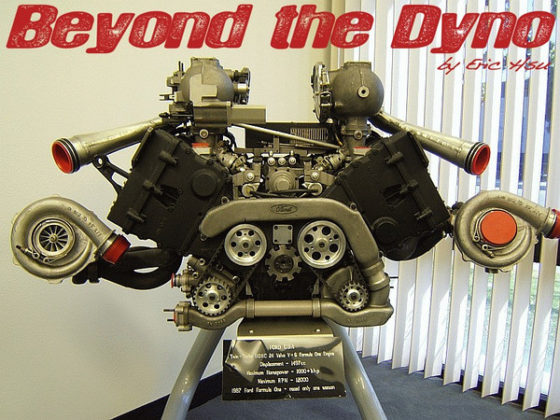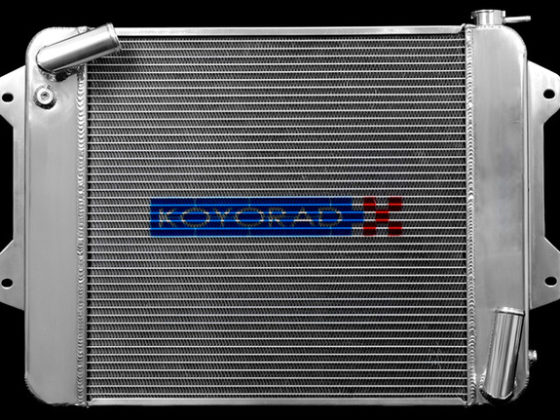,
 Ryan Gates
Ryan GatesRays has perhaps the most advanced manufacturing processes in the world for the production of its wheels. In the past, Rays has been very tight lipped about the process keeping its technology to itself. We had the privilege of being able to review the process and to write about it. As you are probably aware, Volk wheels are known for having the seemingly diametrically opposed properties of being both light and strong. The main reason why is that most of Rays Volk brand of wheels are forged. Forging and the FEA design process are what is largely responsible for the wheel's lightness and strength.
 |
|
The first stage of making a Rays forged wheel is when the blank billet is heated and placed in the first set of dies. The rough shape of the wheel is created here. It takes several forging steps to get to the wheel's final shape. The metal cannot be moved too far per step or it might fracture.
|
Forging is when a billet of metal, usually aluminum although Rays also forges magnesium wheels, is heated then pressed with tremendous force into a die in the shape of the wheel. Metal, like wood, has a grain. In metal this is a crystalline structure that the metallic molecules are arranged in. The pressure of forging refines the grain structure, making it tighter and more cohesive. This reduces the chances of internal flaws in the structure creating weak spots where stress can concentrate and cracks develop.
 |
|
In Rays multistage forging process the metal's grain is oriented around the geometry of the wheel. This is superior for strength and fatigue resistance as in the top left example. Other forged wheels only forge the wheels into a very rough shape then do a lot of machining to create the wheel's final shape. The result is interrupted grain as shown on the bottom right. This is vastly inferior in terms of strength and fatigue resistance.
|
Forging also directionally orients the grain around the form of the die. Like wood, metal is stronger with the grain instead of against it and putting the grain in the direction of the spokes, hub and rim sections improves strength and durability. Finally, the strength of a metal can be improved by cold working, especially with metals like aluminum. By cold working, we don't mean room temperature but rather at a temperature less than the melting point of the metal. The stress of cold working when the billet is smashed into the die further refines the grain of the metal in the areas where it is moved the most, like the spokes, giving extra strength.

There are other forged wheels on the market but none with all of the properties created by Rays' unique process. Most forged wheels use a cruder, less detailed die which produces a wheel blank that is only somewhat close to the final shape of the wheel. This blank is then machined into the final shape with the cosmetic features like the spokes and windows being created by cutting. Although this is much better than casting, this method does not enjoy the near perfect alignment of the grain structure and leaves the wheel with a thicker and heavier rim section.




